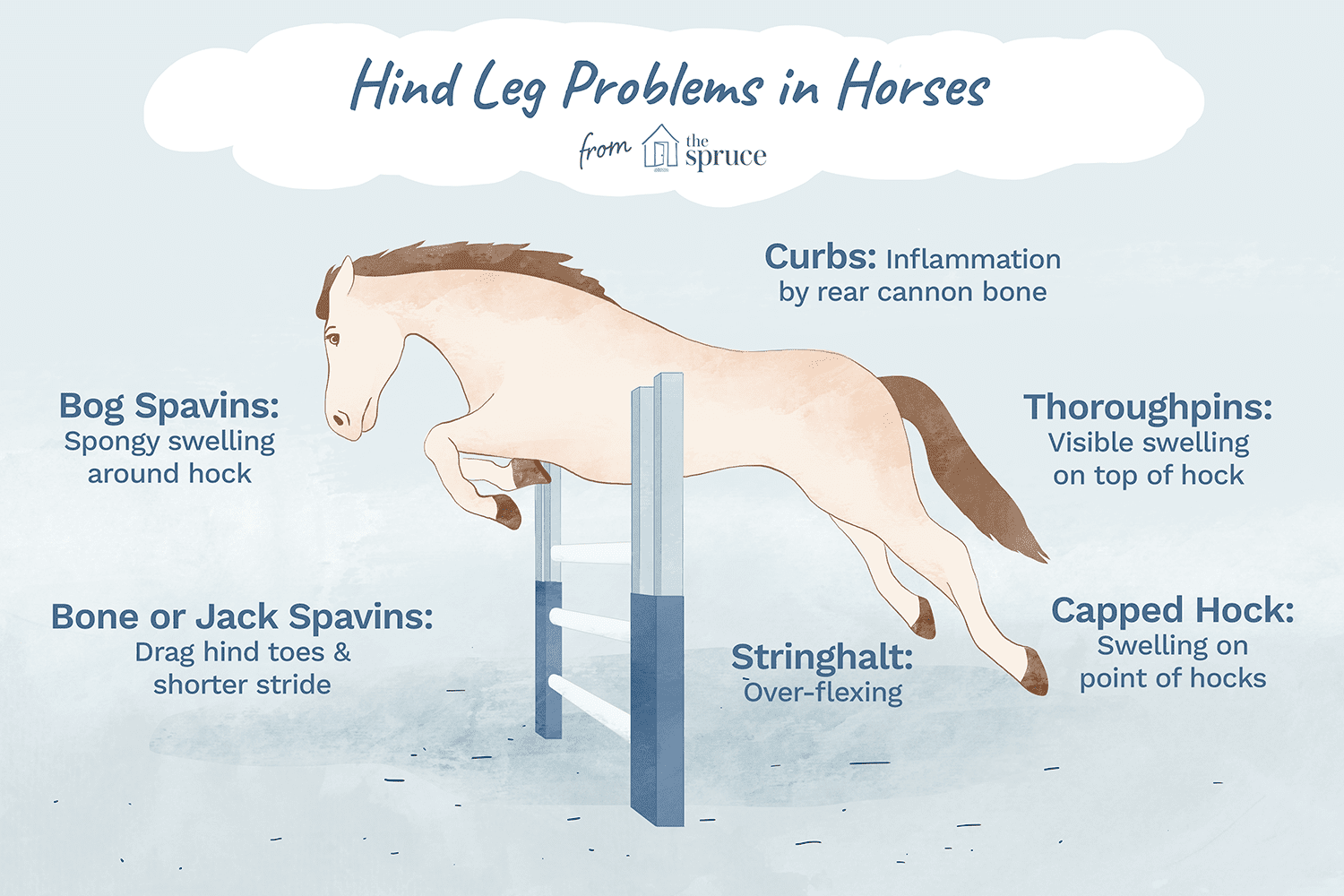As a horse owner, it’s crucial to understand how to properly care for your equine companion, especially when it comes to injuries and recovery. One common practice in equine care is the application of ice to a horse’s legs to aid in the reduction of inflammation and promote healing. However, it’s essential to know the correct duration for icing a horse’s leg to ensure optimal results and prevent any potential harm to the animal. In this article, we will explore the factors that influence the duration for icing a horse’s leg and provide guidelines for effective and safe icing practices.
Understanding the Need for Icing

Before delving into the duration of icing, it’s important to understand why this practice is beneficial for horses. In the equine world, leg injuries and inflammation are common due to the nature of their physical activities and the strain they endure. Icing a horse’s leg can help reduce swelling, alleviate pain, and promote the healing process. When a horse sustains an injury or undergoes strenuous exercise, the blood vessels in the affected area can dilate, leading to the accumulation of excess fluid and inflammation. Applying ice constricts the blood vessels, reducing blood flow and decreasing the buildup of fluid, thereby mitigating swelling and discomfort.
The Role of Duration in Icing
The duration for which a horse’s leg should be iced is a critical factor in the effectiveness of the treatment. The ideal duration varies depending on the specific condition being treated, the severity of the injury, and the individual response of the horse. It’s essential to recognize that improper or excessive icing can lead to adverse effects, such as tissue damage or prolonged vasoconstriction, which may impede the healing process. Therefore, understanding the appropriate duration for icing is vital for promoting the well-being of the horse and facilitating a speedy recovery.
Factors Influencing Icing Duration
Several factors influence the optimal duration for icing a horse’s leg. These factors include the type of injury, the horse’s tolerance to cold therapy, and the specific protocol recommended by a veterinarian. For minor injuries or preventive maintenance, shorter icing durations may suffice, while more severe conditions may necessitate longer periods of cold therapy. Additionally, the horse’s individual response to icing, as well as the ambient temperature and humidity, can impact the duration of treatment. It’s crucial to consider these variables when determining the appropriate length of time for icing a horse’s leg.
Common Guidelines for Icing Duration
While the specific duration for icing a horse’s leg may vary based on individual circumstances, there are some general guidelines that can serve as a starting point for horse owners. For acute injuries, such as strains, sprains, or post-exercise inflammation, icing sessions of 15 to 20 minutes every 2 to 4 hours for the first 24 to 48 hours are commonly recommended. This frequency and duration help to manage swelling and discomfort during the initial stages of injury. However, it’s important to monitor the horse’s response and adjust the icing duration as needed based on the observed effects.
Long-Term Icing Considerations
In cases where extended or ongoing icing is necessary, such as in chronic conditions or recurring injuries, it’s essential to be mindful of potential complications associated with prolonged cold therapy. Extended exposure to cold temperatures can lead to tissue damage, frostbite, or the development of cold-related injuries in horses. Therefore, when implementing long-term icing regimens, it’s crucial to work closely with a veterinarian to establish an appropriate treatment plan that balances the therapeutic benefits of icing with the welfare of the horse.
Assessing the Horse’s Comfort and Response
Regardless of the recommended icing duration, it’s imperative to closely monitor the horse’s comfort and response during and after the icing sessions. Observing the horse’s behavior, such as signs of distress or discomfort, can provide valuable insights into the effectiveness of the treatment and the tolerability of the icing duration. Additionally, evaluating the changes in swelling, pain, and mobility in the affected leg can help determine the impact of the icing regimen. Adjustments to the duration and frequency of icing should be made based on the horse’s individual needs and the observed outcomes.
Consulting with a Veterinarian
Ultimately, the determination of the appropriate duration for icing a horse’s leg should be guided by the expertise of a veterinarian. Veterinarians can assess the specific condition of the horse, provide tailored recommendations for icing duration, and offer valuable insights into the overall management of the injury or inflammation. Seeking professional veterinary guidance ensures that the icing treatment aligns with the horse’s health needs and promotes a safe and effective recovery process.
If you’re wondering about the duration for icing a horse’s leg, you might also be interested in learning about how long a horse can run and the lifespan of quarter horses. Additionally, understanding the average length of a horse could provide valuable insights into equine anatomy and care.
Conclusion
In conclusion, the duration for which a horse’s leg should be iced depends on various factors, including the nature of the injury, the horse’s individual response, and the guidance of a veterinarian. Understanding the need for icing, considering the influencing factors, and adhering to recommended guidelines are essential for ensuring the optimal effectiveness and safety of the treatment. By prioritizing the well-being of the horse and maintaining open communication with a veterinarian, horse owners can implement appropriate icing durations to support the healing and comfort of their equine companions. Remember, when it comes to icing a horse’s leg, thoughtful consideration and expert guidance are the keys to promoting the best possible outcomes for the horse’s health and recovery.



